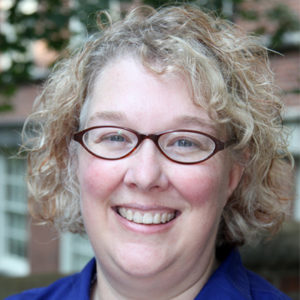Learning the Science Behind the Coronavirus
Students in five Missouri high schools are already learning science that explores the coronavirus.

Researchers at the University of Missouri College of Education and the University of North Carolina at Chapel Hill have developed a framework called “Model-Oriented Issue-Based” (MOIB) teaching, which focuses on student interest in a current news topic to develop their science knowledge and science literacy.
The team recently received a $200,000 grant from the National Science Foundation’s (NSF) Rapid Response Research program, which is designed to support urgent research proposals, to build out the coronavirus curriculum prototype.

The first phase involved nine dedicated high school teachers at five Missouri high schools who have developed MOIB modules in previous projects with the researchers. The research team recently facilitated an online COVID-19 workshop for the teachers, where they developed instructional activities focused on media literacy, graphing skills, social distancing, and systems-level causal maps. The high school students will complete questionnaires and participate in focus groups to determine their current knowledge about the pandemic.
Troy Sadler, the Thomas James Distinguished Professor in Experiential Learning at UNC-Chapel Hill is the leader of the project, and co-principal investigators are Patricia Friedrichsen, Professor, and Laura Zangori, Assistant Professor, of the University of Missouri.
“Although the teachers were coping with lots of other demands, including transitioning their classes to online instruction, they were committed to developing a high-quality set of COVID-19 activities for their students,” said Friedrichsen.
The module created by the project will be aligned with the Next Generation Science Standards, which, among other things, urges instruction that involves students in developing their own questions around scientific phenomena, and designing experiments, models and other activities to come up with answers.
The research team plans to rapidly prototype the learning unit in time for it to be used in the classrooms this spring. The team will then study how effectively the new module helped students learn about the epidemic, with plans to refine the module and make it available for other teachers in the fall.
“It’s essential that science classrooms be spaces in which students can explore complex issues such as the current epidemic of COVID-19,” Sadler said. “We intend to develop materials that help students develop science understandings associated with the issues around this epidemic and how science can be used to inform solutions and personal decisions.”